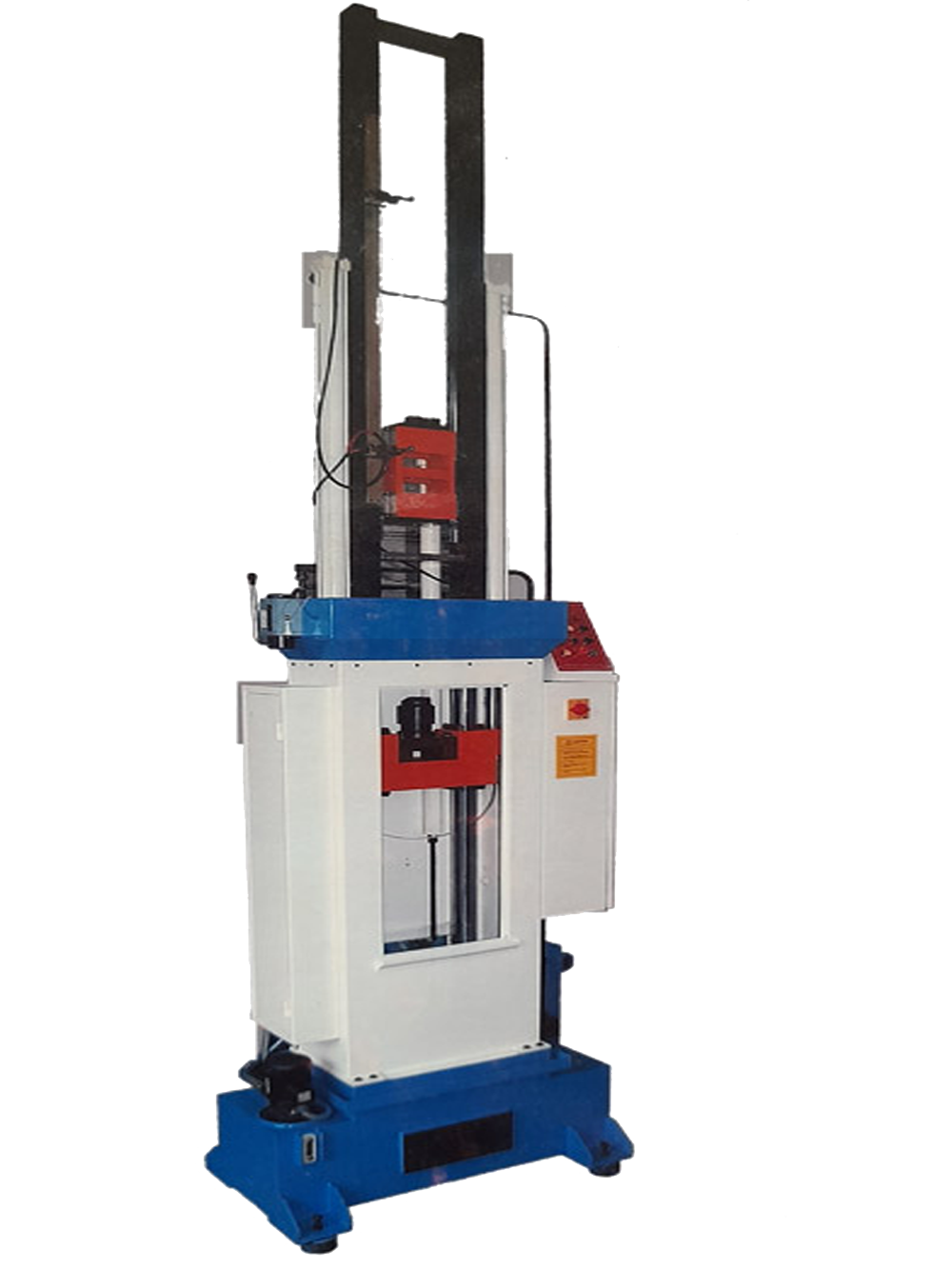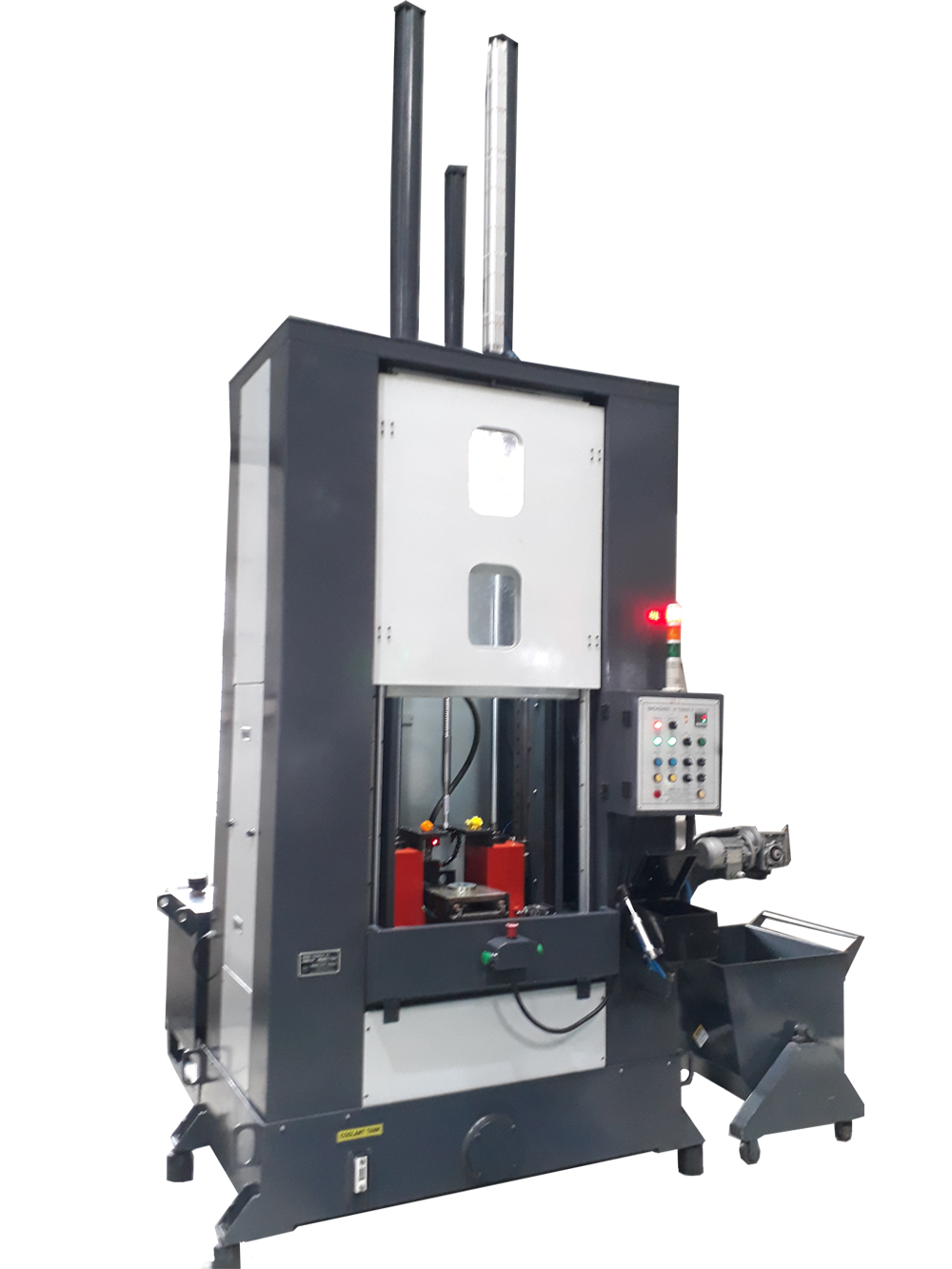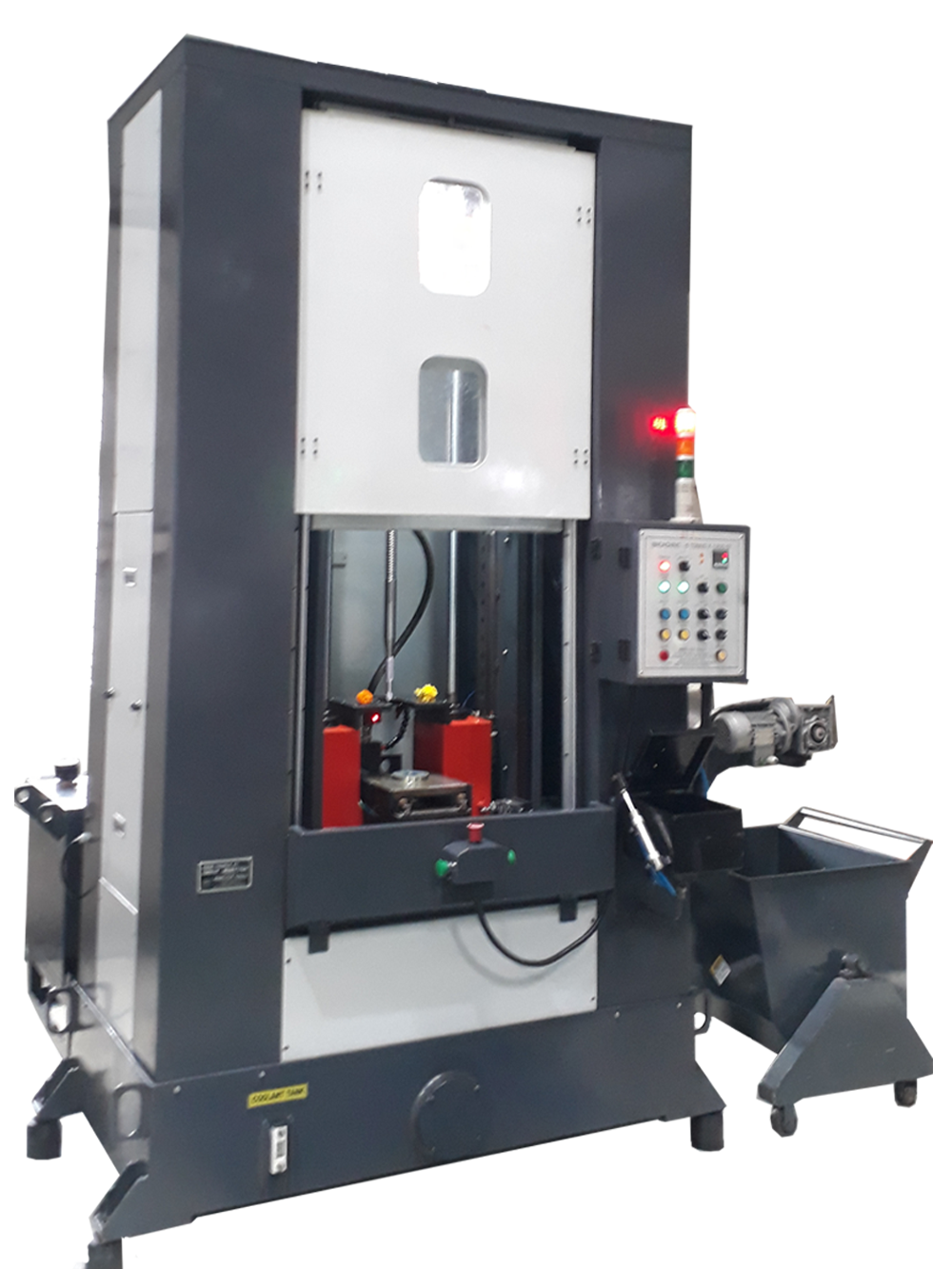We are Manufacturer, Supplier, Exporter of Broaching Machines, Vertical Broaching Machines, Vertical Broaching Machines, CNC Vertical Broaching Machine and our setup is situated in Kolhapur, Maharashtra, India.
A Vertical Broaching Machine uses a precision tool to create custom cuts in work pieces at high speeds. Once tooled up properly, PRECI-CUT vertical Broaching Machine is capable of mass-producing parts to your exact specifications.
Use PRECI-CUT vertical Broaching Machine to remove material from steel, stainless steel, aluminium, brass, bronze or other Ferrous & Non- Ferrous materials. Depending on the material to broach one may need to adjust the tooling or increase the frequency of tool sharpening. Broaching Tools are needs to be monitored for tool life to prevent machine & tool damage and keep job at highest accuracy level. Vertical Broaching machine required least maintenance compared to other type broaching machines.
Broaching is a method of removing metal by pushing or pulling a cutting tool called a broach which cuts in a fixed path. In broaching machine, the tool of the machine is pulled or pushed through the surfaces to be finished. With the help of broaching, finishing is done on flat or contoured and either internal or external surfaces. Broaching is limited to the removal of about 6mm of stock or less.
PRECICUT TOOLS is pioneer in Manufacturing Standard Vertical Broaching Machine Piles & Pit type and Table up Broaching machine. Broaching Machines are the simplest of all machine tools. Broaching machine consist of a broaching tool, a work-holding fixture, Pull down Hydraulic Cylinder, and a suitable supporting frame. Although the component parts are few, several variations in design are possible. Dual Ram, Triple Ram Broaching machine is also manufactured to ramp up production needs.
Here's a general overview of how a vertical Broaching Machine works:
Work piece Setup: The work piece is securely clamped in place on the machine's worktable or fixture. The orientation of the work piece is such that the broach will be able to cut the desired shape.
Broach Selection: A suitable broach tool is selected based on the desired shape and dimensions of the cut. Broaches come in various sizes and designs, depending on the specific machining requirements.
Broaching Operation: The broach is inserted into the machine's spindle or ram. The broach is then lowered vertically onto the work piece. As the broach progresses into the work piece, it gradually removes material to create the desired shape. The vertical motion of the broach can be powered hydraulically, mechanically, or through other means.
Coolant and Lubrication: During the broaching process, cutting generates heat and friction, which can lead to tool wear and poor surface finish. Coolant or lubrication is often applied to the workpiece to dissipate heat and improve the quality of the cut.
Pulling the Broach: Once the broach has completed its cut through the workpiece, it is pulled back out of the cut. PRECICUT TOOLS uses Regenerative type hydraulic circuit for rapid pull back to reduce cycle time of a component. The workpiece can then be removed from the machine.
Vertical Broaching Machines are known for their ability to efficiently create complex shapes with high precision. They are commonly used in industries such as automotive, aerospace, and manufacturing, where tight tolerances and intricate profiles are required. It's important to note that there are other types of Broaching Machines as well, such as horizontal Broaching Machines, which operate in a horizontal orientation and are used for certain types of broaching operations. The choice between vertical and horizontal Broaching Machines depends on the specific machining requirements and the type of work piece being produced.




